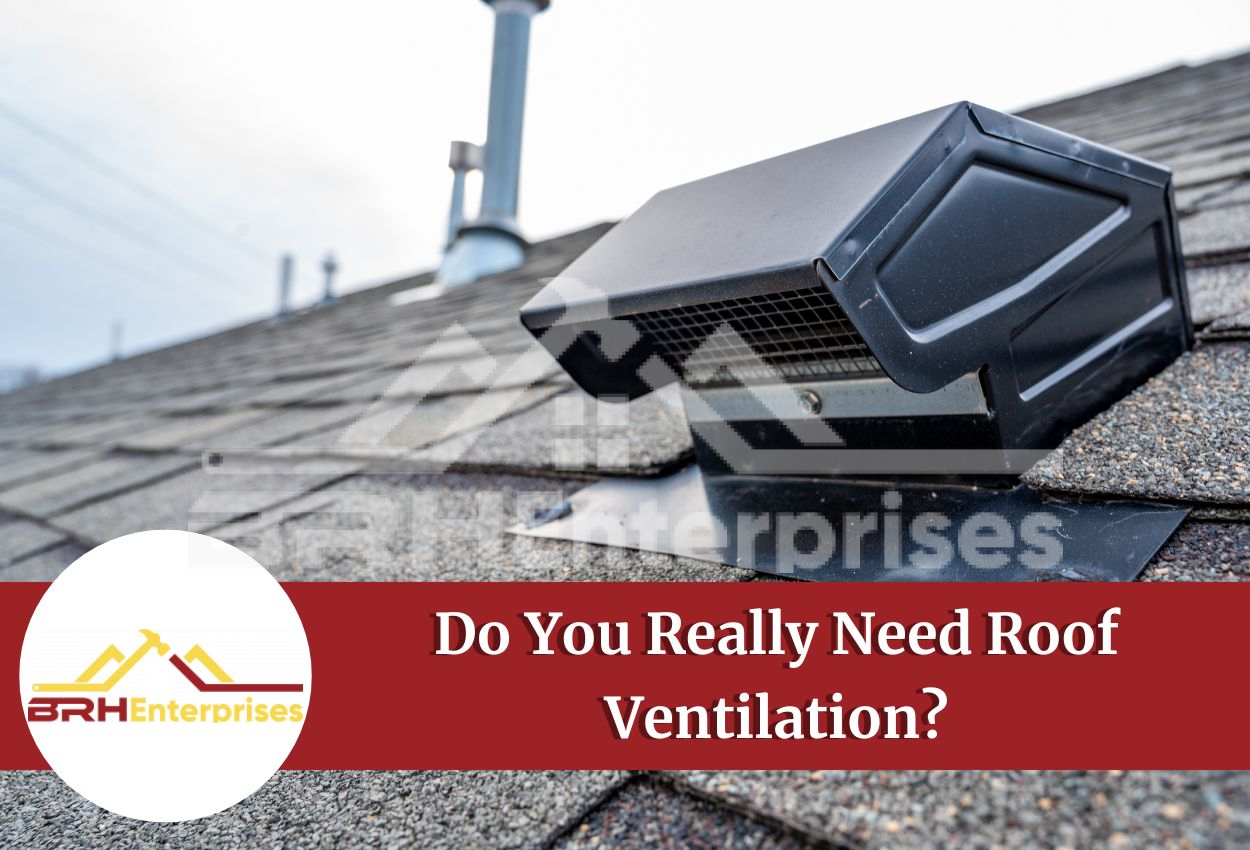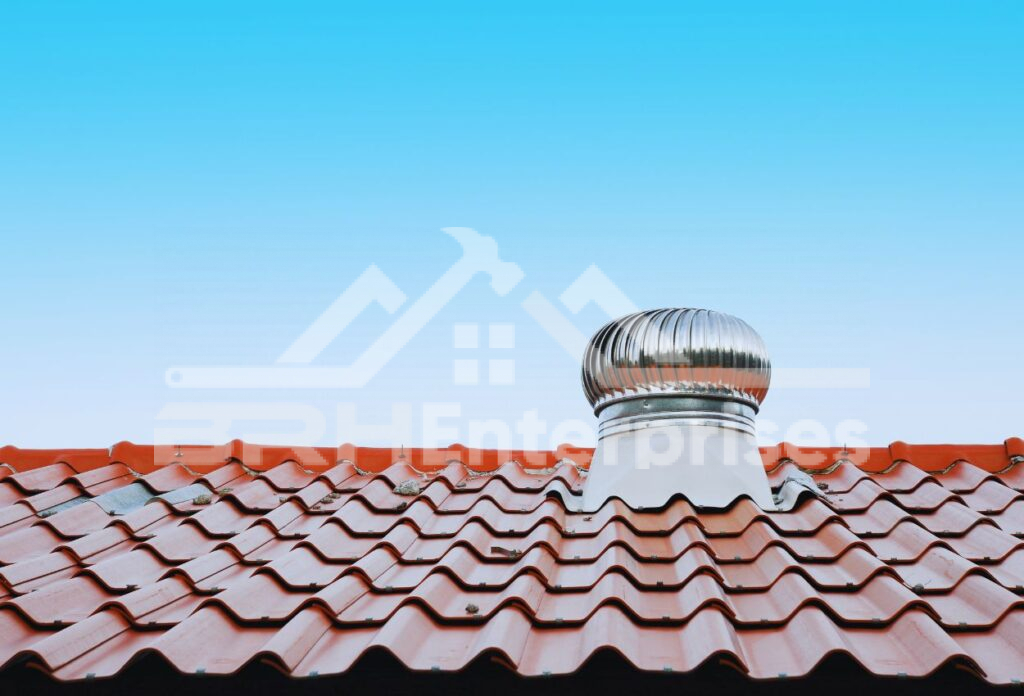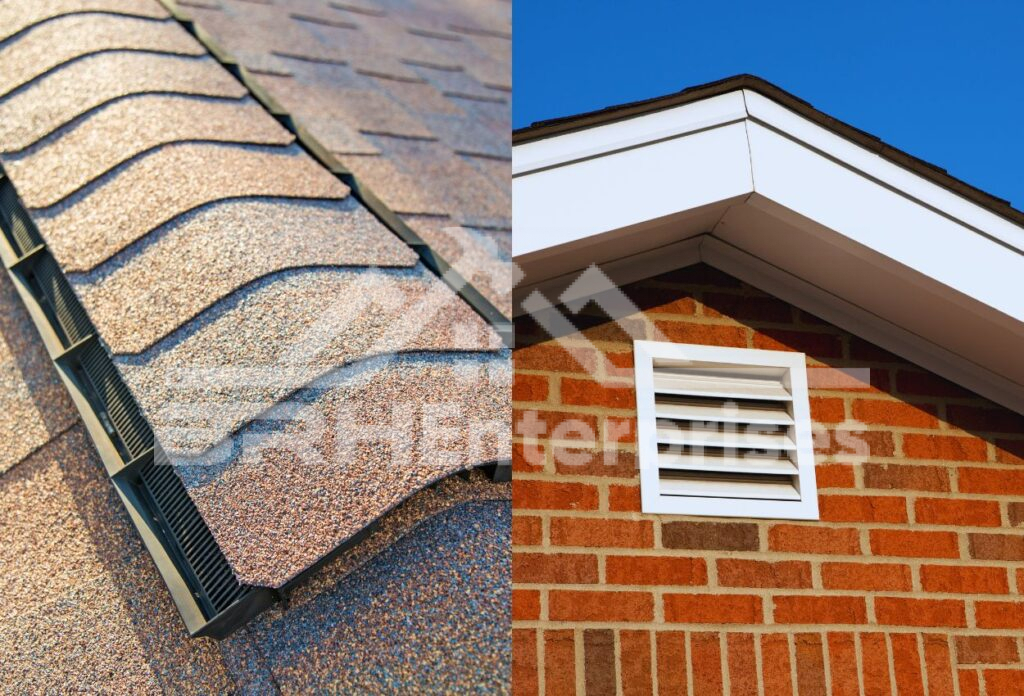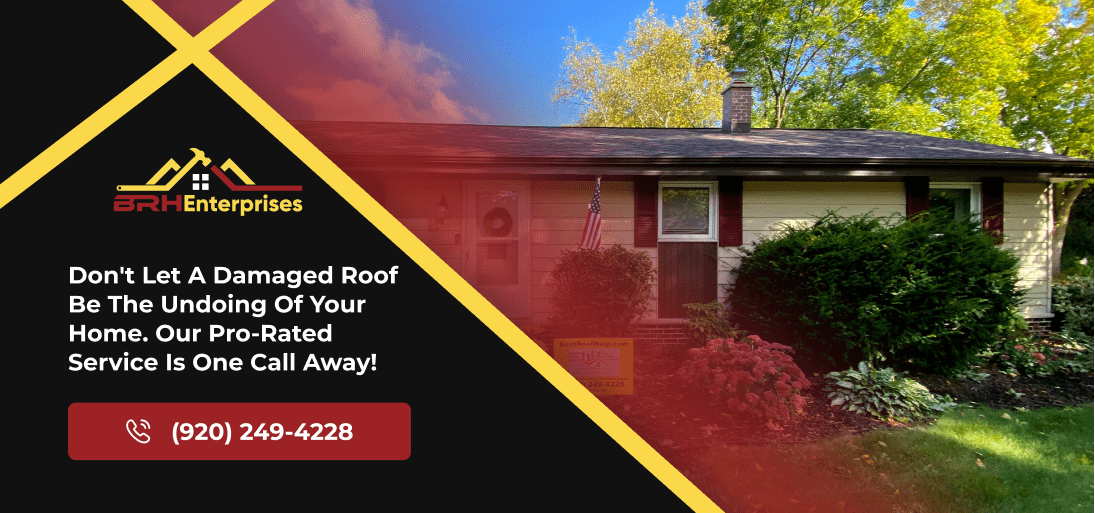Do You Really Need Roof Ventilation?
Estimated Reading Time : 5 Min.

Yes! Roof ventilation is an important part of any home or building. Without proper ventilation, heat and moisture can build up in the attic, causing damage, and you may be uncomfortable inside.
In this blog post, we will discuss the importance of roof vents and why you need them. We will also discuss various types of roof vents and how to choose the right ones for your home.
Why Are Roof Vents Important?
Roof vents help prevent moisture buildup, which can lead to all sorts of problems. When warm, humid air gets trapped in your attic, it can cause mold and rot. This not only damages your home but can also affect your health. Good ventilation keeps air moving, reducing the chance of these issues.
But that’s not all. Proper roof ventilation can also save you money on energy bills. In the summer, a well-ventilated attic stays cooler, which means your air conditioning doesn’t have to work as hard.
You might be surprised to know that an unventilated attic can reach temperatures of 150 degrees or more on a hot summer day. This heat can radiate down into your living spaces, making your AC work overtime.
In winter, roof ventilation helps prevent ice dams by keeping your roof at a consistent temperature. Ice dams happen when your warm attic melts snow on the roof. This melted ice then flows down to the colder edges of your roof and freezes again, creating a dam of ice. By maintaining a consistent roof temperature, proper ventilation reduces the risk of ice dams forming in the first place.
The benefits of roof ventilation extend to the longevity of your roofing materials, too. Excessive heat and moisture can cause your shingles to warp and deteriorate faster. By keeping your attic cooler and drier, you can extend the life of your roof.
Also Read: 7 Common Roof Ventilation Mistakes to Avoid & 4 Best Roof Vents For Your Home
What Are The Different Types Of Roof Vents?
There are two main types of roof vents, and both work to maintain a comfortable temperature inside your building. One is active ventilation, and the other one is passive ventilation. In this section, we will discuss both in detail.
👉 Active Vents

Active ventilation uses power to move air in and out of your roof space. These vents either rely on electricity or wind power to draw cool air into the building or pull hot air out. Some people consider this to be the best roof ventilation system because active vents can move a lot of air quickly. Here, we will provide an overview of different types of active vents:
- Turbine Vents: These are usually made of metal and are dome-shaped. When the wind blows, the turbine spins and pulls hot air out of your attic. They’re a good roof ventilation option if you live in a windy area.
- Power Vents: These are flat, round vents with a fan inside. They use electricity to blow hot air out of your attic or to pull cooler air in. Power vents are one of the best roof ventilation methods for very hot climates.
- Solar-Powered Vents: These look like power vents but have a small solar panel that uses the sun’s energy to run the fan. Solar vents are a great way of adding roof ventilation without increasing your energy bills.
👉 Passive Vents

Passive ventilation lets air flow naturally without using any power. They work by letting hot air leave the attic through vents near the top of the roof and cool air to enter through vents lower in the roofing system. Passive vents are a simpler way of adding roof ventilation to your home. Here are some different types of passive vents:
- Box Vents: These are simple vents placed near the ridge of the roof. Box vents are an easy roof ventilation option to install and maintain.
- Ridge Vents: Ridge vents, as the name suggests, run along the roof’s peak. They let hot air escape as it rises within the attic. Ridge vents are popular roof ventilation types for many homes.
- Gable End Vents: These are vents on the triangular ends of your roof. They let air flow in and out naturally. Gable vents are a common way to ventilate roof spaces in many older homes.
How To Choose The Right Ventilation System For Your Roof?
So, which roof ventilation system is best for you? It depends on your specific needs and home design.
👉 First, look at your home. Is your roof steep or flat? Does it have a big attic? These things matter when thinking about roof ventilation options.
👉 Next, think about where you live. Is it usually hot, cold, or in between? Some roof ventilation types work better in certain climates.
👉 Consider your energy bills. If they’re high during the humid summers common in Wisconsin, you might need better roof ventilation.
👉 Look at what you already have. Maybe you need to upgrade your current system or install new vents to improve efficiency.
👉 Think about noise. Some active vents can be loud. If you find fan sounds annoying, passive vents might be the better option.
👉 Don’t forget your budget. Some of the best roof ventilation systems can be pricey. But remember, good ventilation can save you money over time.
👉 Ask a roof expert to check your home. They can tell you the best way to ventilate your attic. They know about different roof ventilation types and can provide recommendations.
Remember, the right choice helps your home stay comfortable and saves energy. It’s worth taking time to find the best roof ventilation for your needs.
Professional Roof Ventilation Services In Mayville, WI
Choosing the right roof ventilation system is really important. It helps keep your attic in good shape and extends the life of your roof. No matter which type you choose, proper installation is crucial.
If you are looking for professional roof ventilation services in Mayville and the surrounding areas of Wisconsin, we are here to assist you. At BRH Enterprises, our team treats your roof like it’s our own. We believe in building trust with our customers. We value your faith in us and work hard to keep it.
Whether you need new roof ventilation, a whole new roof, or just repairs, we’re here to help. We understand that your home is important to you. That’s why we put our heart into every job we do.
For roofing services you can trust, give us a call at (920) 249-4228.


